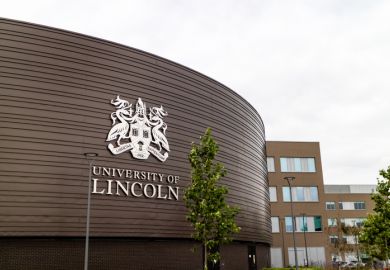The value of donations pledged to UK universities has increased by one-fifth over the past year, exceeding £800 million for the first time.
The Council for Advancement and Support of Education Europe puts the total value of philanthropic gifts secured during 2013-14 by the 124 institutions that responded to its annual survey at £807 million, compared with £681 million in the previous year.
Among institutions that provided historical data, there was a 21 per cent rise in the value of pledges.
However, the amount of money actually received during 2013-14 stood at £657 million, up only 1 per cent among comparable institutions. Case Europe puts this down to donations being paid over several years, especially since pledges in 2012-13 were significantly down on the 2011-12 total of £774 million.
The report, published on 30 April, reveals that major challenges facing fundraisers remain stubbornly persistent.
While the number of alumni making donations has increased to 183,000 (up 10 per cent year-on-year among comparable universities), the proportion of contactable alumni that this represents remains static, at just under 2 per cent.
A review of philanthropy commissioned by the Higher Education Funding Council for England three years ago said that the sector should aim to reach 5 per cent on average if it was to reach a target of raising £2 billion a year by 2022.
The Case Europe report also finds that the dominance of highly selective universities continues, with the Russell Group accounting for 78 per cent of all funds received. And while the share of new pledges enjoyed by the universities of Oxford and Cambridge alone fell from 51 per cent to 41 per cent year-on-year, the two institutions’ alumni participation rate remains significantly higher than those of other institutions, at 16 per cent, and their cost per pound received is lower.
There was an 11 per cent increase in the number of staff employed in fundraising across comparable institutions, meaning that progress is being made towards the goal, set out last year in a Hefce report, of doubling the size of the workforce.
Register to continue
Why register?
- Registration is free and only takes a moment
- Once registered, you can read 3 articles a month
- Sign up for our newsletter
Subscribe
Or subscribe for unlimited access to:
- Unlimited access to news, views, insights & reviews
- Digital editions
- Digital access to THE’s university and college rankings analysis
Already registered or a current subscriber? Login





